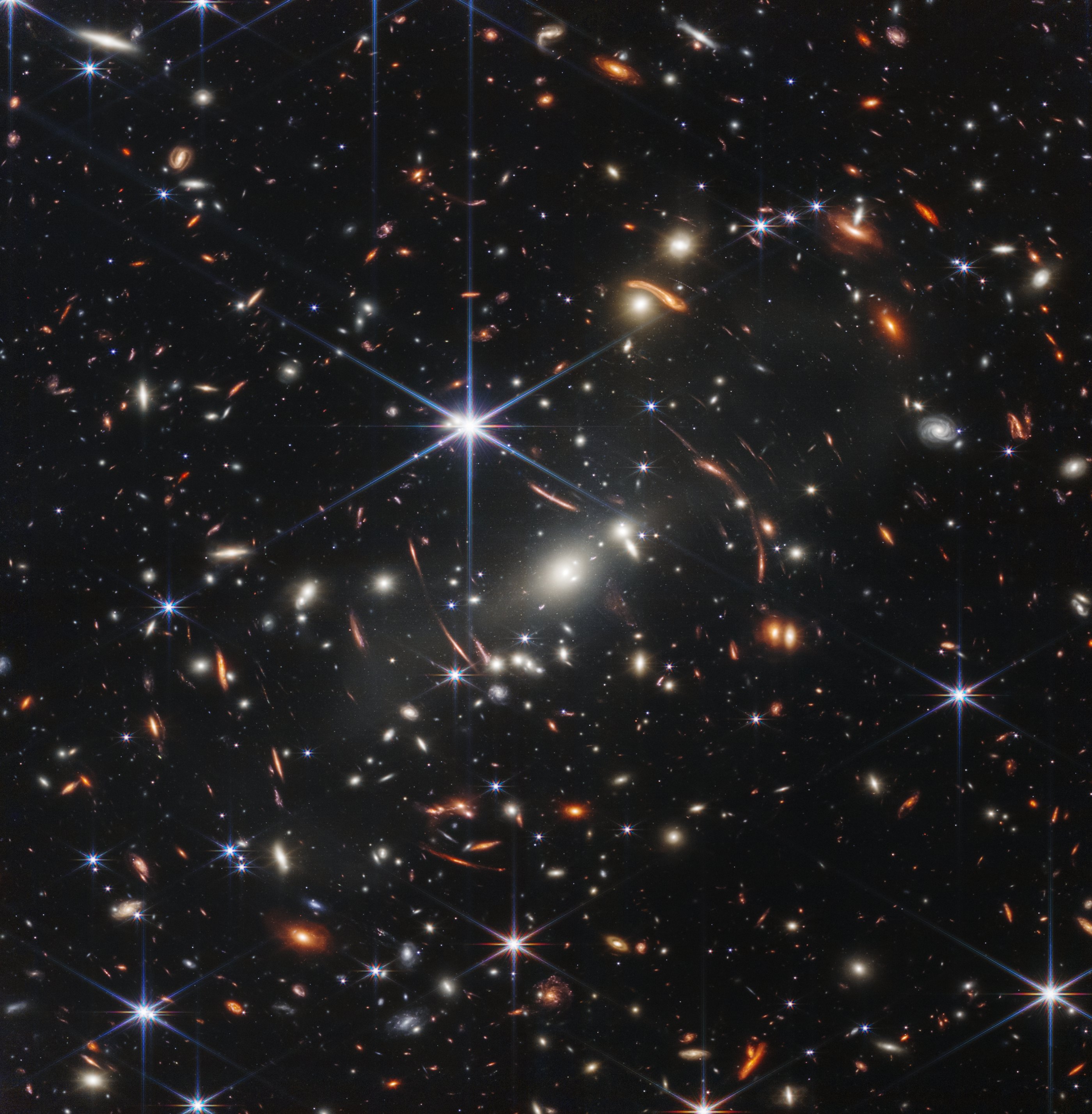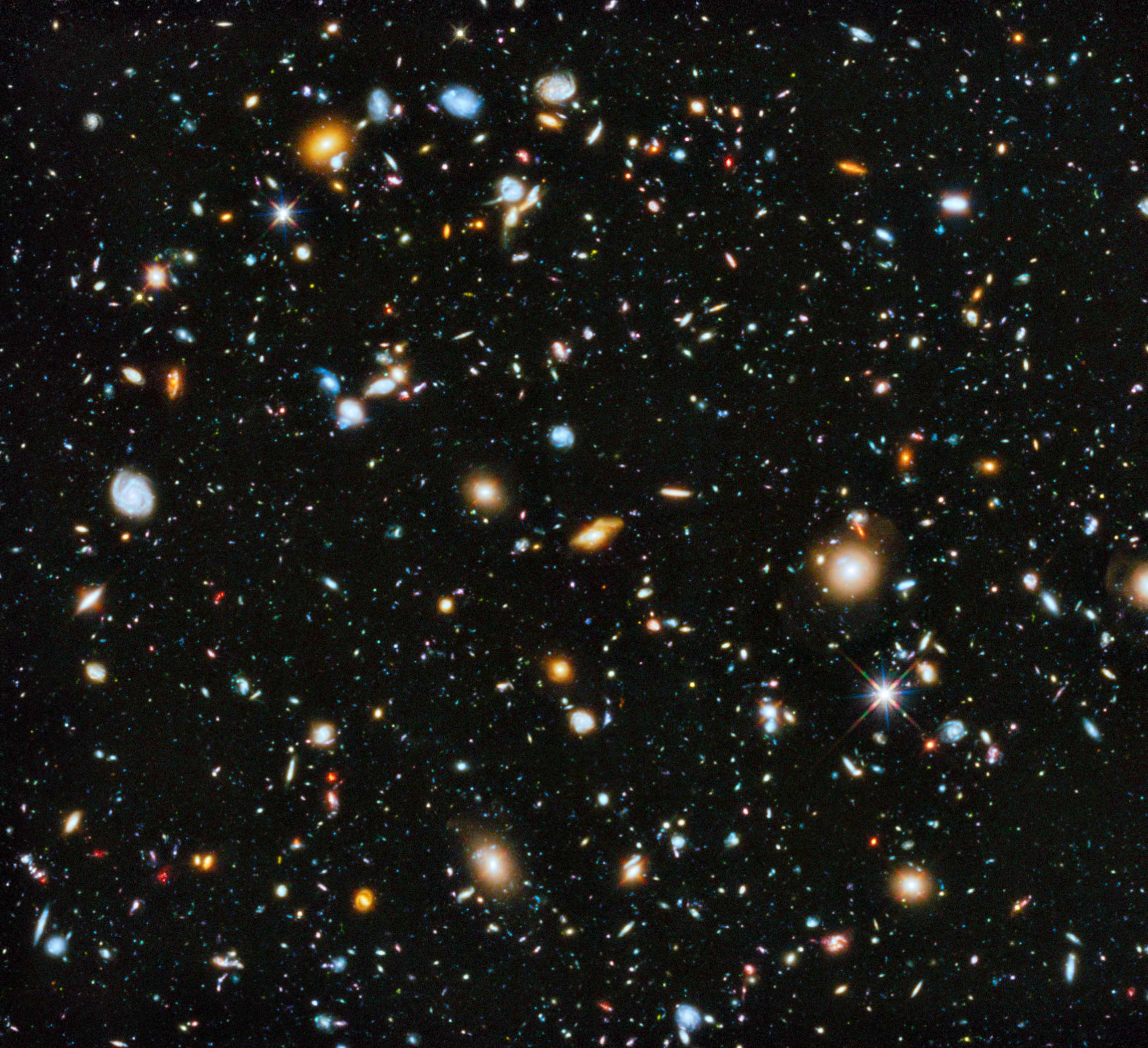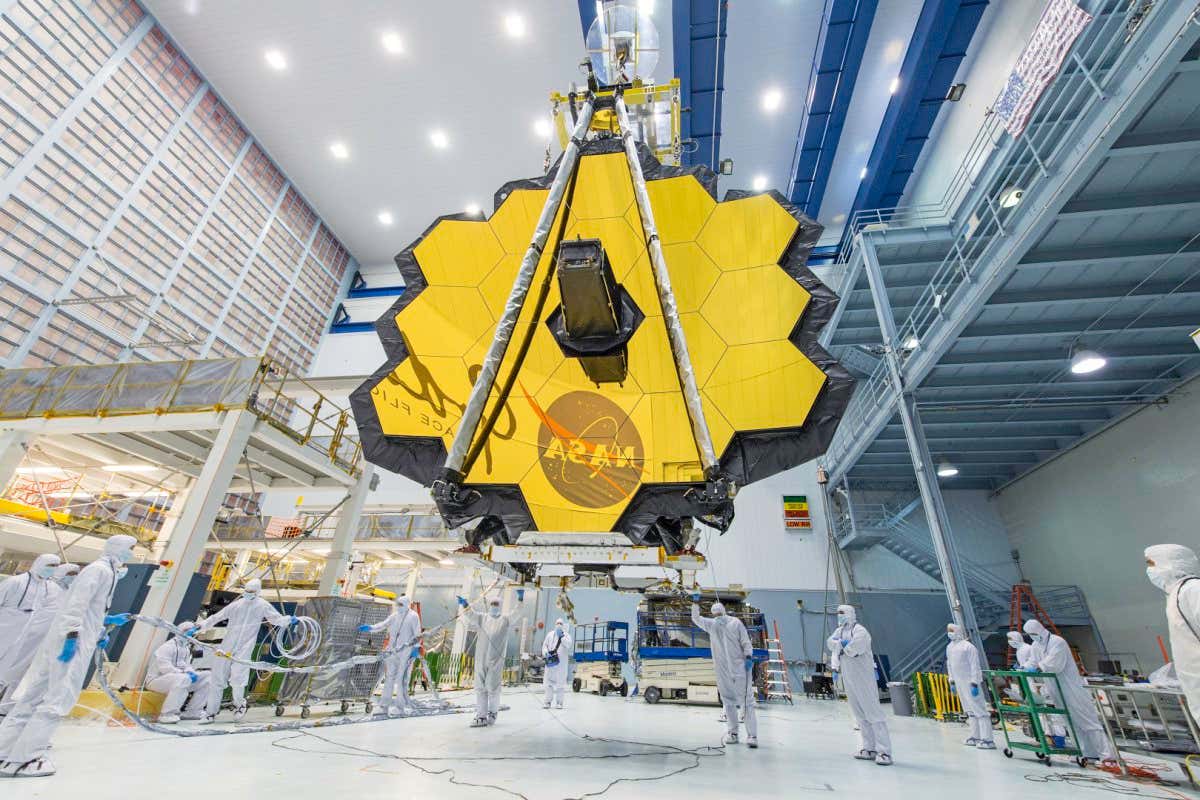CodeRedR51
Premium
- 55,709

- United States
And just as predicted, she rolled to the pad this morning.
Last edited:
With just 4 days until the first scientific images from the James Webb Space Telescope here is a teaser from the guidance camera of the telescope. Remember that this camera is only used to steer the telescope during imaging, there is already impressive detail in this picture. More details here.

Here's the live stream for today's Starlink launch. I will be on site for this one, so expect video later. 👍



NASA’s Webb Delivers Deepest Infrared Image of Universe Yet - NASA Science
NASA's James Webb Space Telescope has delivered the deepest and sharpest infrared image of the distant universe so far. Webb's First Deep Field is galaxywww.nasa.gov
The first image from the James Webb Space Telescope


Hubble pic of the same region for comparison.
NASA’s Webb Delivers Deepest Infrared Image of Universe Yet - NASA Science
NASA's James Webb Space Telescope has delivered the deepest and sharpest infrared image of the distant universe so far. Webb's First Deep Field is galaxywww.nasa.gov
The first image from the James Webb Space Telescope

edit: nevermind
NASA’s Webb Delivers Deepest Infrared Image of Universe Yet - NASA Science
NASA's James Webb Space Telescope has delivered the deepest and sharpest infrared image of the distant universe so far. Webb's First Deep Field is galaxywww.nasa.gov
The first image from the James Webb Space Telescope

It looks solid. Like clay.Stunning.
The search preview of this paywalled article says that the JWST photographs are black and white.Are those actual photos or have they been colorized? I know some space images go through a process where color is applied to them, but that might've just been images from 20-30 years ago. I'm not really sure. Either way, they're still incredible.

Well... it depends on what you mean by "colourised". And, for that matter, "colour".Are those actual photos or have they been colorized? I know some space images go through a process where color is applied to them, but that might've just been images from 20-30 years ago. I'm not really sure. Either way, they're still incredible.
So, uh, this happened
SpaceX engineer seems to think its fine.
Edit: maybe not
When you feel old and lonely: